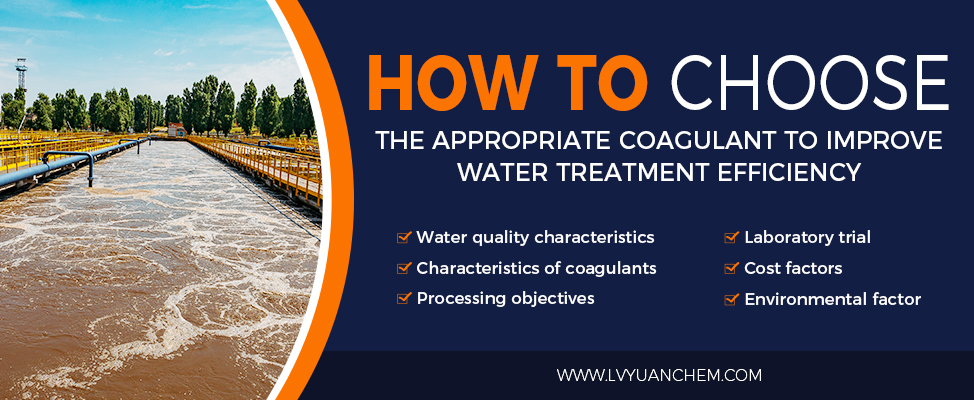
In both wastewater treatment and drinking water purification, coagulants are one of the most critical factors determining treatment performance. Selecting the right coagulant not only improves flocculation and sedimentation but also reduces operating costs, minimizes sludge production, and ensures compliance with discharge standards.
Water Quality Characteristics
-High turbidity: PAC, aluminum sulfate.
-High color or organic load: Iron-based coagulants (PFS, PAFC).
-Wide pH range: ACH, PAFC.
Treatment Process
-Physical–chemical treatment: PAC, PFS are effective.
-Combined with biological treatment: Use with organic coagulant aids such as PAM, polyamines.
Cost and Economic Considerations
–PAC: Cost-effective and widely used.
–PFS/PAFC: Better for color and COD removal, slightly higher cost.
–PAM: Used as a coagulant aid, with low dosage but strong efficiency.
Municipal Wastewater Treatment Plants
PAC and PFS combined with PAM ensure stable compliance, especially in secondary and tertiary treatment.
Paper & Textile Wastewater
With high COD and color, iron-based coagulants (PFS, PAFC) are recommended, combined with PAM for stronger floc formation.
Food & Beverage Wastewater
Safe and non-toxic coagulants such as PAC and ACH are suitable, meeting strict water quality standards.
Mining, Sand Washing & Coal Washing
PAC + PAM combinations enable rapid settling of suspended solids, reducing clogging in recirculating water systems.
Q1: What is the difference between PAC and PFS?
A: PAC is effective for general turbidity removal, while PFS is more effective in removing color and COD.
Q2: Can PAM be used as a standalone coagulant?
A: No. PAM is mainly used as a coagulant aid and works best in combination with PAC or PFS.
Q3: How is the optimal dosage of coagulants determined?
A: Through a jar test, balancing treatment efficiency and cost.
Q4: Will iron-based coagulants affect water color?
A: At higher dosages, a slight yellowish tint may appear, but it is usually removed after sedimentation and filtration.
Q5: Is pH an important factor in selecting coagulants?
A: Yes. PAC works best within pH 4–9, PFS in mildly acidic conditions, and ACH has a wider pH adaptability.
Selecting the right coagulant is essential for improving efficiency and reducing operating costs in water treatment. By considering water quality, process conditions, and industry needs, the right combination of PAC, PFS, PAFC, and PAM ensures optimal performance.
With 28 years of manufacturing experience, we supply a full range of coagulants and flocculants including PAC, PAM, PFS, PAFC, and ACH, offering technical support and tailored solutions to meet your treatment goals.

Please contact us for free quotation by form below. We promise the quickest response within 24 hours: